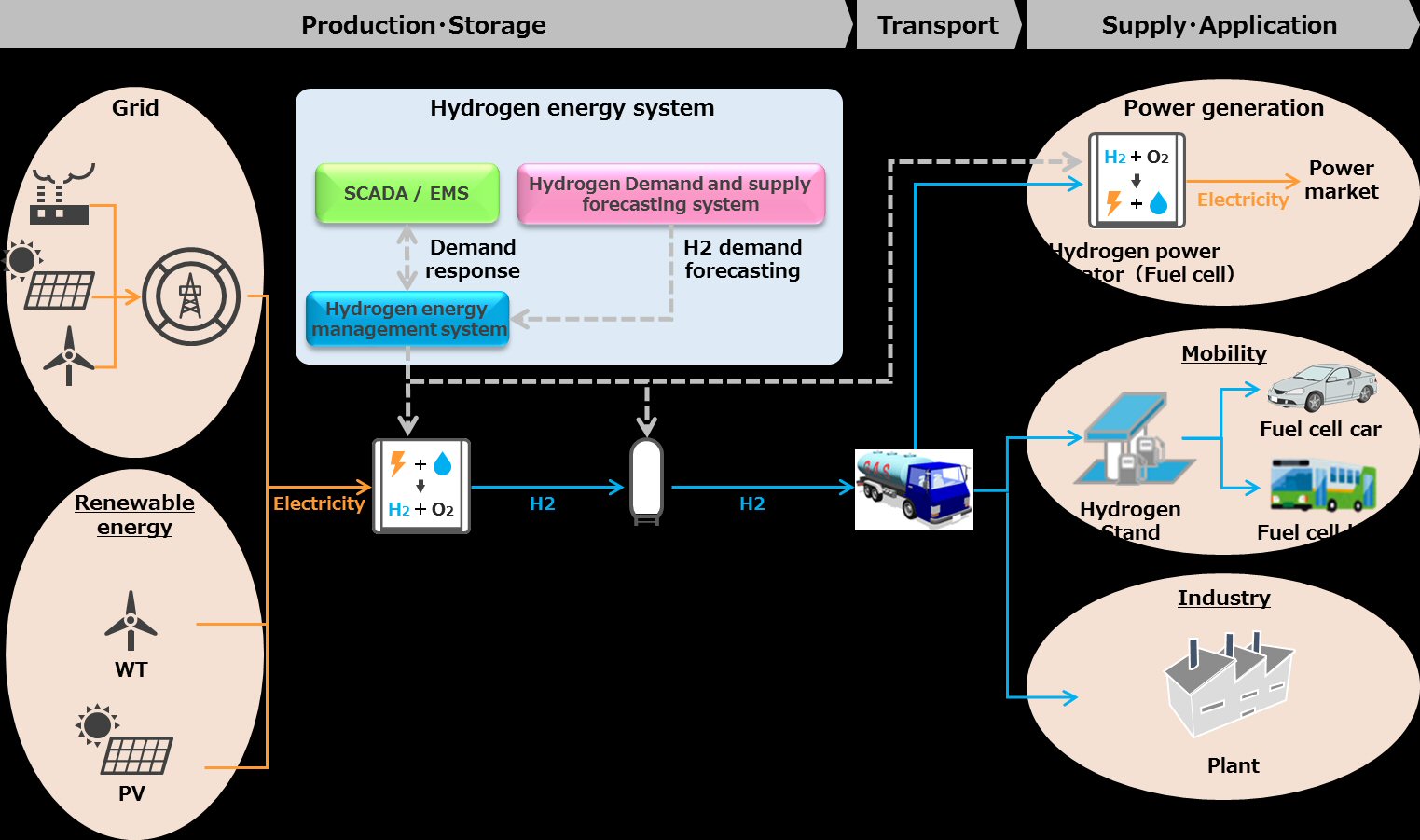January 2, 2018
A collaborative effort of researchers with New Jersey Institute of Technology, National Renewable Energy Laboratory, the Colorado School of Mines and San Diego State University resulted in the invention of a quantum dot photoelectrochemical cell that catalytically achieved quantum efficiency for hydrogen gas production exceeding 100% efficiency. Essentially, the device is able to absorb one visible solar photon and produce two or more electrons in a process known as multiple exciton generation.
While the breakthrough with respect to quantum yield does not yet equate to a substantial increase in the solar-to-hydrogen conversion efficiency, it is an important development in that direction.

